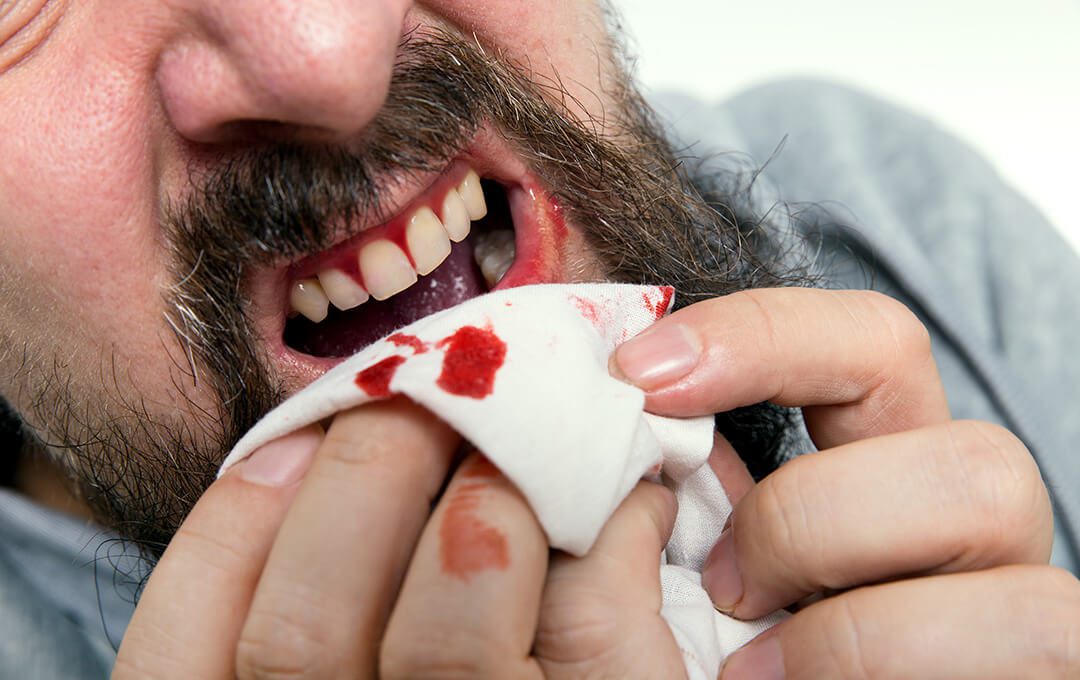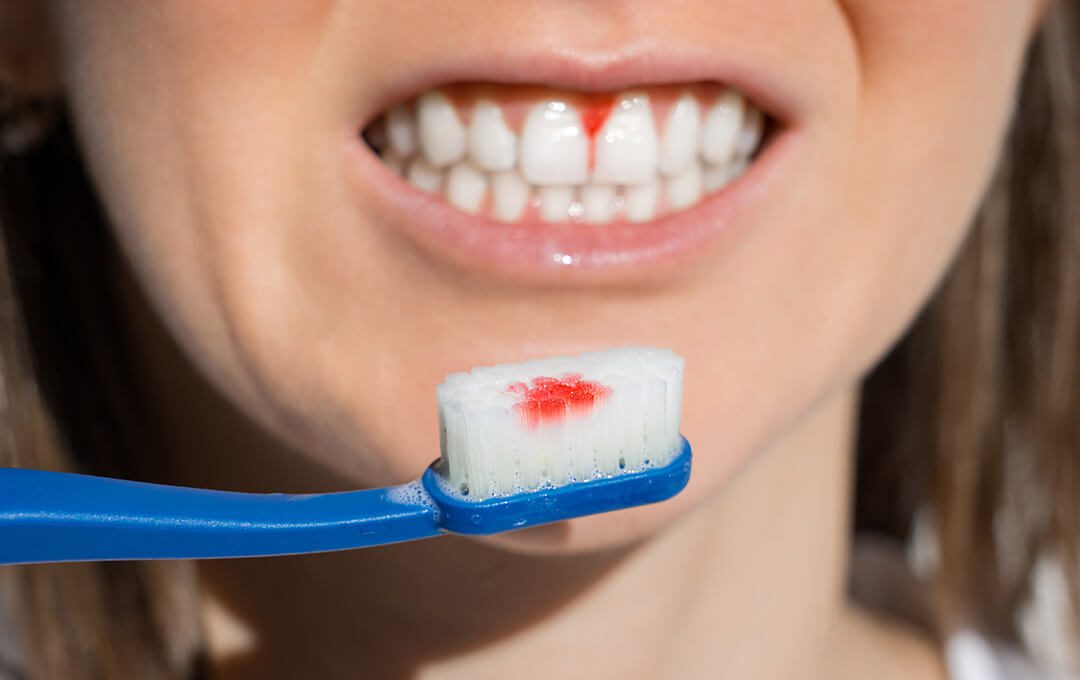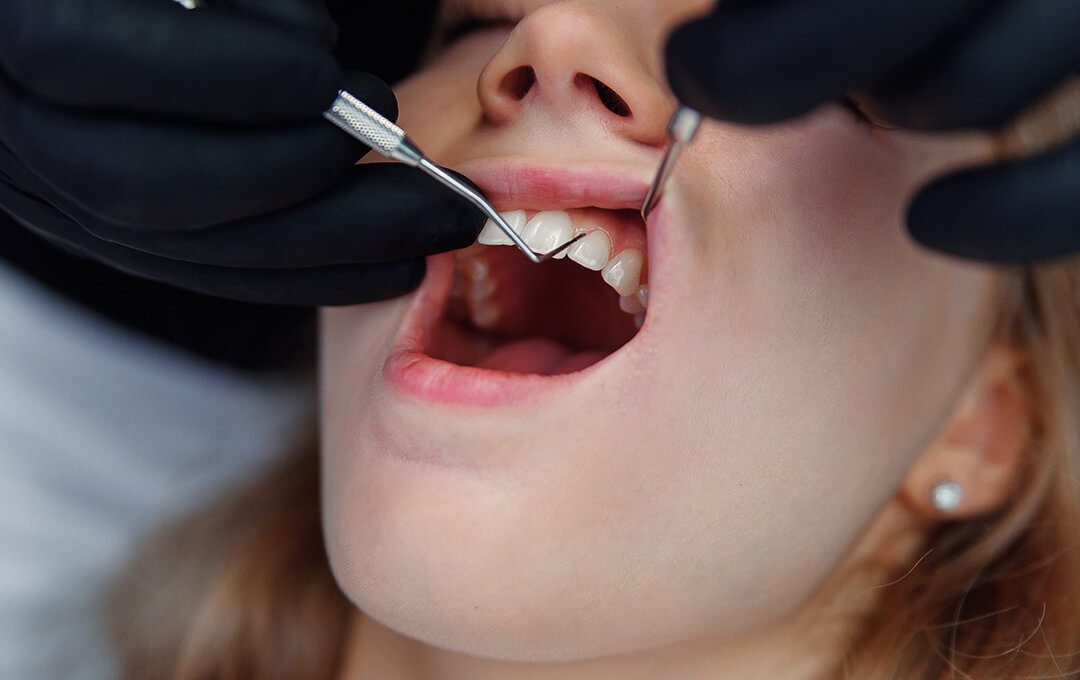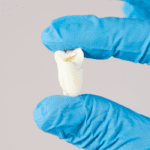
The Importance of Baby Teeth
As a parent, it’s crucial to understand that
Home » Gum Treatment

It starts when food gets stuck in the teeth and mixes with saliva. From there, bacteria grows and plaque starts to build up. In most cases, periodontal disease starts from gingivitis.
A typical sign of gingivitis is when the gums are red and swollen. They also bleed when brushed or flossed. This serves as a warning sign that periodontitis can happen if bad hygiene practices are continued. It affects the surrounding tissues and the bones holding the teeth in place. If no dental intervention is done, it can progress to slight, moderate, and advanced gum disease.


When you consult with a dental professional, they will conduct a thorough assessment of the overall health of your mouth and teeth. The treatment that your dentist will recommend will be based on the severity of your gum disease, how your mouth and teeth reacted to prior treatments, and the overall state of your health.
The gum treatments vary from non-surgical to surgical procedures. Non-surgical options are focused on minimizing bacterial growth to prevent further plaque build-up and tooth decay. Surgical gum treatment options are focused on the restoration of tissues and bones holding the teeth in place.
It is best to book an appointment with the dentist when you notice unusual changes including red, swollen, and bleeding gums. Your dentist may opt to manage that with non-surgical options including the following:





When gum disease is severe it can destroy the bone supporting all your teeth. Guided tissue regeneration stimulates the gum tissue and bone growth. This can be done along with flap surgery.
Note that these are only a few of the gum treatments that a dental professional can do. We recommend that you consult with a qualified dentist to know the overall state of your gum disease. They are also the ones who can tell whether non-surgical procedures are still an option for you.
Disclaimer: This commercial website is not operated by dentists or by a dentist association and does not include each and every dentist in your geographical area but only those electing to participate.



While nutrition and diet are closely related, they
While nutrition and diet are closely related, they